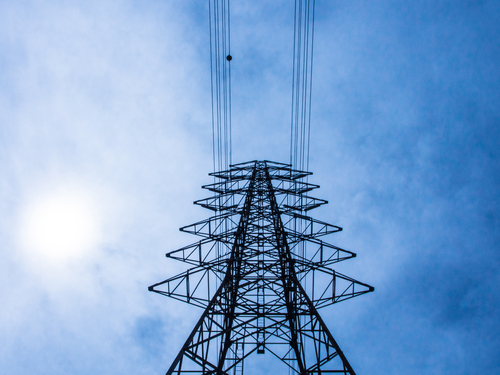Electricity is like magic. It is omnipresent, available in your wall whenever you want it, odorless, invisible, immaterial, yet seemingly endless and capable of miracles. It runs all the devices and systems most beloved of kids these days, including that internet thing. More and more of our lives are being electrified, including, soon, perhaps, transportation.
And yet most Americans have no clue how it all works — where it comes from, how it gets to that wall, how much they pay for it, why it costs that much … any of it.
It doesn’t help that the structure of the electricity sector in the U.S. is almost comically baroque, complex in any region and inconsistent from region to region. To confront its mysteries is to enter a fog of acronyms and jargon as soporific as it is impenetrable.
I’ve learned about it in dribs and drabs over the years, but I’ve often wished for a simple introduction to the basics. Lo! Thanks to Tweeter Adam Goldstein, I came across this one from long-time utility analyst John Chowdhury. It takes a while to get through it, but it’s a clear, soup-to-nuts overview of the U.S. electricity system:
If you’re more into prose, Chowdhury also has an excellent written primer.
Study up!



